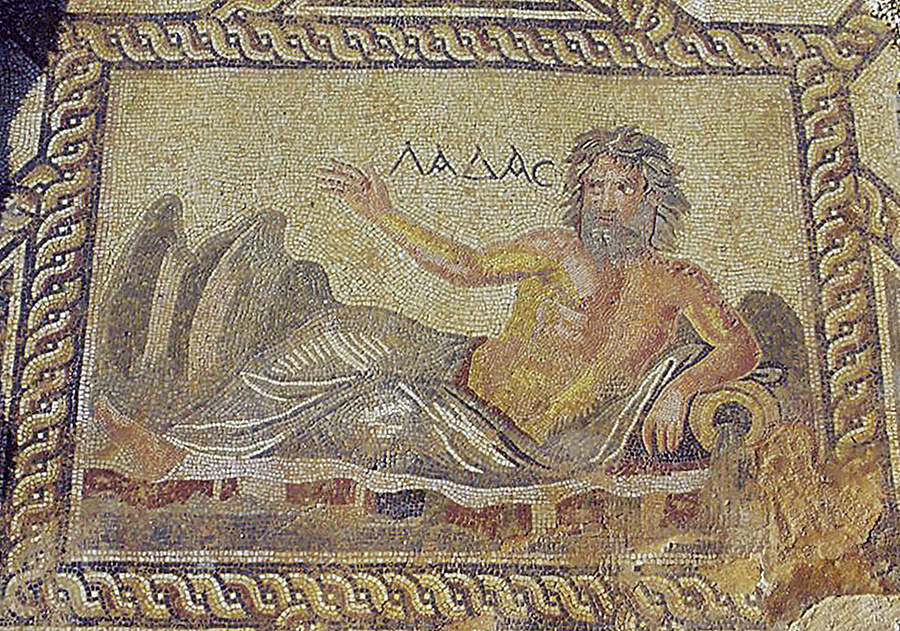January 2021 (125.1)
Article
Sensing Water in Roman Greece: The Villa of Herodes Atticus at Eva-Loukou and the Sanctuary of Demeter and Kore at Eleusis
The water displays in Roman Greece in the villa of Herodes Atticus at Eva-Loukou and in the forecourt of the sanctuary of Demeter and Kore at Eleusis demonstrate diverse uses and contexts of flowing water. By focusing on the sensorial experience an ancient individual had with these structures, especially through the framework of a sensorial assemblage, we can highlight how sensory elements had the power to create immersive encounters. This permits further understanding of how an ancient Roman experienced a monument and created memories in the surrounding built environment and natural landscape. The two water displays at Eva-Loukou and Eleusis in Greece, one in a domestic context and one in a religious context, can then be placed in relation to the empire-wide phenomenon of constructing fountains for their sensorial effects. Examinations of the two sites suggest the motivations that moved patrons to install innovative water displays and help elucidate a common Roman sense of identity connected to the display of water.
